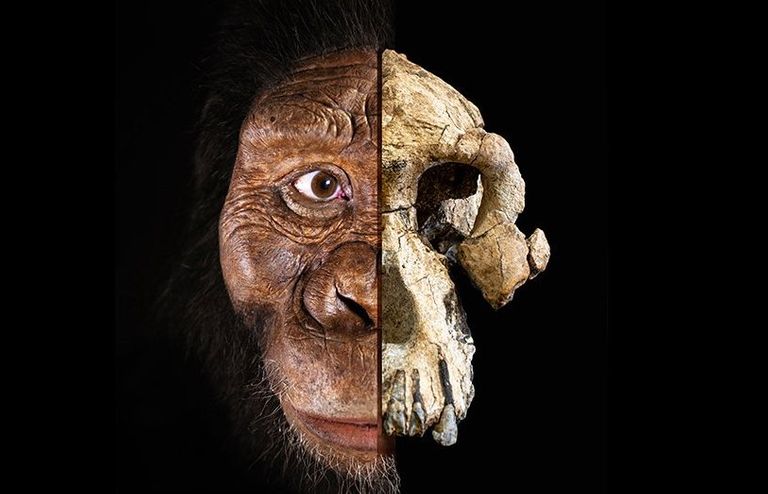Experts Unearthed A 3.8 Million-Year-Old Skull That May Change The Face Of Human History

The origins of the human race have fascinated our brightest minds for countless centuries. Through archaeological digs, experts have pieced together an understanding of our evolution from apes to Homo sapiens. And though there still remain unfilled gaps in our collective knowledge, a new discovery could hold the missing link to humanity’s ascent – and provide new light on how we all came to be.
The Cradle Of Humanity
The site of Woranso-Mille sits around 300 miles from the Ethiopian capital of Addis Ababa. On the surface, the area – which is near the borders of Djibouti and Eritrea – may seem pretty unremarkable. But for paleoanthropologists, this site is one of the most important places for deciphering the clues to our very existence.
Treasured Relics
Fossils found in the area have shed incredible light on the ascent of humans; after all, scientists unearthed the famous Lucy skeleton in 1974 only 18 miles away from the site. A member of the Australopithecus afarensis species – a descendant of humankind that lived between 3.9 and 2.9 million years ago – the discovery is one of paleoanthropology’s most treasured relics.
A Glimpse Into Our Distant Past
Certainly, Lucy was an important specimen – especially in aiding our understanding of how humans evolved to walk on two feet. But scientists have had less luck with the ancestor of Australopithecus afarensis, known as Australopithecus anamensis. The latter hominin, which was first discovered in 1965, roamed the Earth around 3.9 to 4.2 million years ago, though experts have only recovered teeth, jaw and arm fragments from the species.
Stumbling Across Something Extraordinary
However, everything changed in February 2016 when a startling discovery was made in Woranso-Mille, in Ethiopia’s Afar region. Strangely enough, the finding was made not by a scientist, but rather a goat herder named Ali Bereino who was digging in the area, which was around three miles from Miro Dora. Amazingly, Bereino had been building an extension onto a goat pen when he came across a piece of jaw bone known as a maxilla jutting out of the ground.
